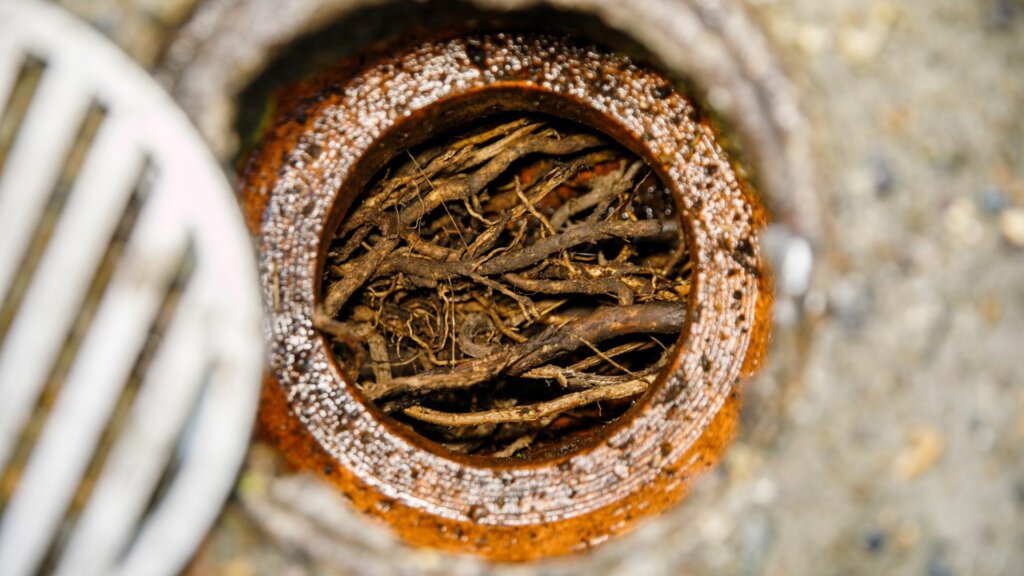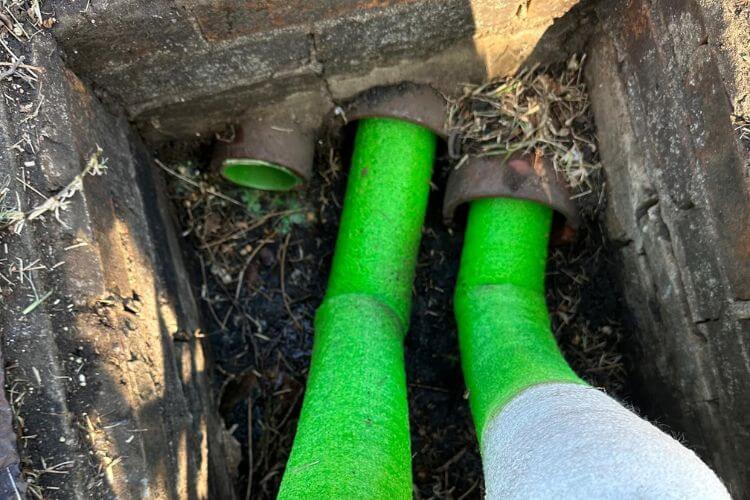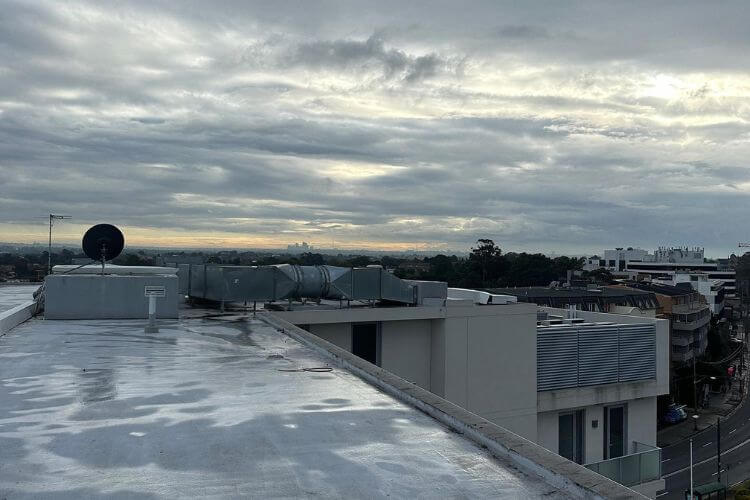Hidden beneath the ground, we are often unaware of anything happening to our pipes until something breaks and our water pressure drops, or our yard starts flooding. While this is often due to accidental damage or the growth of tree roots, simple and consistent seasonal changes can also impact the health of your pipes as the fluctuating temperature causes expansion and contraction.
Over time, these weather patterns can cause a pipe to burst, putting your plumbing system and drainage system at risk. Whether it is the summer heat, periods of high rainfall, ice or the thawing afterwards, each season throughout the year can affect your pipes in different ways.
To extend the lifespan of your drainage systems, we recommend homeowners take these seasonal issues into their own hands; prevention and protection now are better than problems and repairs later.
How Winter Affects Your Pipes
In Sydney, winter temperatures often fall within the range of 8.8–17°C. However, some winter days in central NSW can be brutal, and some of the lowest temperatures in Sydney can fall between 4–5°C. While this is still obviously not low enough to freeze water, the cold can cause surrounding soil to solidify and expand, constricting your pipes and putting additional outer pressure on their structural integrity.
This squeezing can lead to cracks and bursts, and with water flow coming from the pipes, debris such as leaves and dirt can find their way in, causing further issues. If you suspect you have frozen or frost-impacted pipes, look for a sharp reduction in water pressure, frost on the surface of exposed pipes, and strange sounds when you turn the water on, such as gurgling, banging, or clanging noises.

So, what can you do? Some preventive measures include applying insulation to exposed pipes, such as those running from your hot water system. If you live in a particularly cold climate, you can also leave the tap furthest from your water mains slowly dripping to ensure the consistent movement of water. This water need not be wasted. Put a bucket or container beneath the tap and use that water to water your garden.
Spring Plumbing Concerns
While winters are where damage can occur, spring is often when we notice the problem. As temperatures warm, the ground can thaw and soften, and consistent moisture can begin to bubble up through the earth. This is when we notice potential leaks, so come September, make sure you check the areas around your water mains and where pipes lead to the house, to ensure there are no signs of water damage to the property.

Spring is also a time of growth and towards summer, tree root growth will accelerate, so check the ground near any large trees on your property and take action if you find a particularly wet spot on the grass. Tree roots can cause severe damage to your system, and while there are repair solutions available, it is easier to anticipate a blockage before it can become a reality.
Plumbing Challenges in Summer
While summers in Sydney are typically milder than up north, averaging around 18°C to 28°C, it’s a common enough occurrence for temperatures to reach the high 30s or even exceed 40°C. This puts additional usage pressure and strain on pipes as water usage increases in the summer months. The garden and lawn need more watering, more frequent showers, increased use of the washing machine for all those sweaty clothes and using the hose to top up the pool or spray the kids—all of these things increase the pressure inside our pipes.
While in winter, the pipes can shrink, in summer they can expand, placing stress on the pipes themselves, but also joints, seals, and fittings making a crack or burst more likely. Older pipes can even become unstuck as the expansive pressure breaks the epoxy sealant or other joining materials.
In summer, keep debris away from pipe intakes or drains to reduce clogs. Because there is a lot less rainfall in late spring and early summer, the start of the warmer months makes the perfect time to do some preventative maintenance. Flush your hot water system of minerals and sediments, install a water softener to reduce minerals during peak water usage months, and check for loose or damaged pipes and that any pipe insulation remains intact. Summer is also a good time to clean out the gutters to prevent water build-up in wetter months.
Autumn Maintenance to Prepare for Winter
After the summer maintenance, it’s time to check for leaks or blockages as the autumn rains return. If you have deciduous trees around your home, it is important to keep gutters and drains clear of leaves and twigs to ensure proper drainage, especially during downpours. A sudden influx of rainwater can place great demand on water pipes, especially downspouts, and a deluge can even force debris further into those pipes, causing blockages and further plumbing issues.
When to Call a Professional Plumber
Keeping an eye on the health of your pipes is a job for all seasons. From ice in winter to expansive cracks in summer, temperature changes can cause plumbing problems all year round. Learn to recognise the signs of burst pipes, such as drainage issues or a lack of water pressure, as these seemingly innocuous occurrences can tell you a great deal about the condition of your plumbing.

If you’re unsure whether you have an issue, or are experiencing a few of the plumbing symptoms explored above, call in the services of an experienced and accredited plumber. These professionals have the experience to diagnose and service a wide array of plumbing problems.
While the above advice goes a long way in looking after the health of your pipes, nothing beats a professional inspection. At The Relining Company, we use specialised CCTV technology threaded through your pipes to give your system a thorough health check, all without digging anything up.
Call the team at The Relining Company today to schedule an inspection or consultation to help prepare your pipes and plumbing for next season’s challenges!
Back to Top